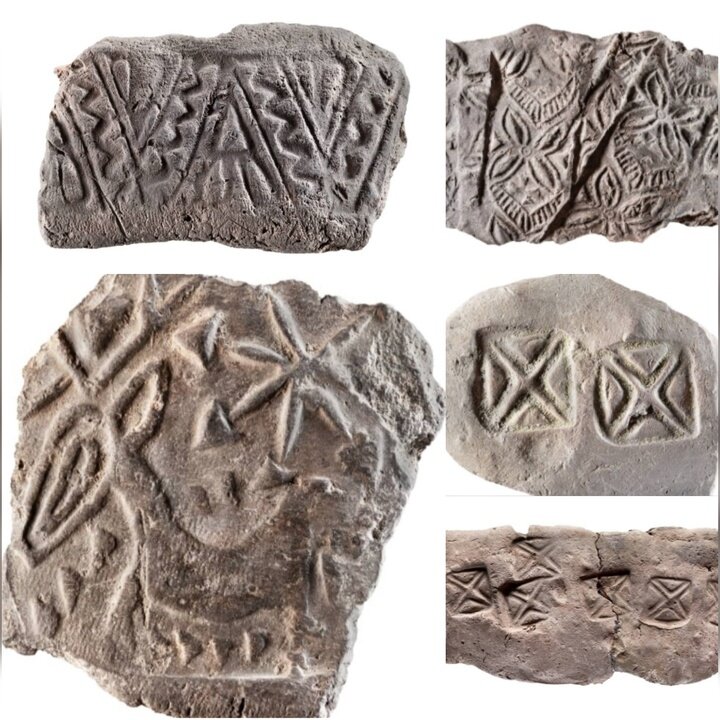Over 4,000 ancient clay seals discovered in western Iran

TEHRAN - Archaeologists have unearthed more than 4,000 clay seals, which are estimated to be around 5,000 years old, in Kermanshah province, western Iran.
“Over 4,000 clay seals dating some 5,000 years have been discovered at Tappeh Teleneh of the Kuzaran region, which was first identified as an archaeological site in 1998,” the provincial tourism chief Dariush Farmani said on Wednesday.
As mentioned by the official, this discovery sheds new light on ancient trade practices in western Iran and offers valuable insights into the region’s early administrative and commercial systems.
Tappeh Teleneh was later added to Iran’s national heritage list in 2003. Later, studies conducted in 2020 prompted a series of archaeological excavations at the site, revealing traces of clay seals, the official said.
“The seals found during the first season of excavations point to extensive commercial exchanges in the ancient world,” Farmani said, highlighting the historical importance of the discovery.
Among the artifacts recovered, many of the clay seals appear to have been used to secure warehouse doors, indicating that they played a role in managing goods and trade.
Farmani further noted that the seals are evidence of organized trade systems dating back 5,000 years. He emphasized the importance of the discovery by comparing it to other ancient capitals, stating that the number of seals found at Tappeh Teleneh surpasses those unearthed in many other prominent archaeological sites across Iran.
Another noteworthy find during the excavations was a set of counting objects, dating back to the same period, which suggests the early development of numerical systems—potentially a precursor to written language.
Given the scale and significance of the findings, the department has prioritized further excavation at the site. The second season of archaeological work is set to commence with substantial funding already allocated.
Kermanshah, formerly Bakhtaran, the capital of Kermanshah province, was founded in the 4th century CE by Bahram IV of the Sasanian dynasty. Conquered by the Arabs in 640, the town was called Qirmasin (Qirmashin). Under the Seljuk rule in the 11th century, it was the chief town of Kordestan. The Safavids (ruled 1501–1736) fortified the town, and the Qajars repulsed an attack by the Turks during Fath Ali Shah’s rule (1797–1834). Occupied by the Turkish army in 1915 during World War I, it was evacuated in 1917. The construction of a road in the 1950s over the age-old Khorasan track added considerably to the importance of the city.
AM
Leave a Comment